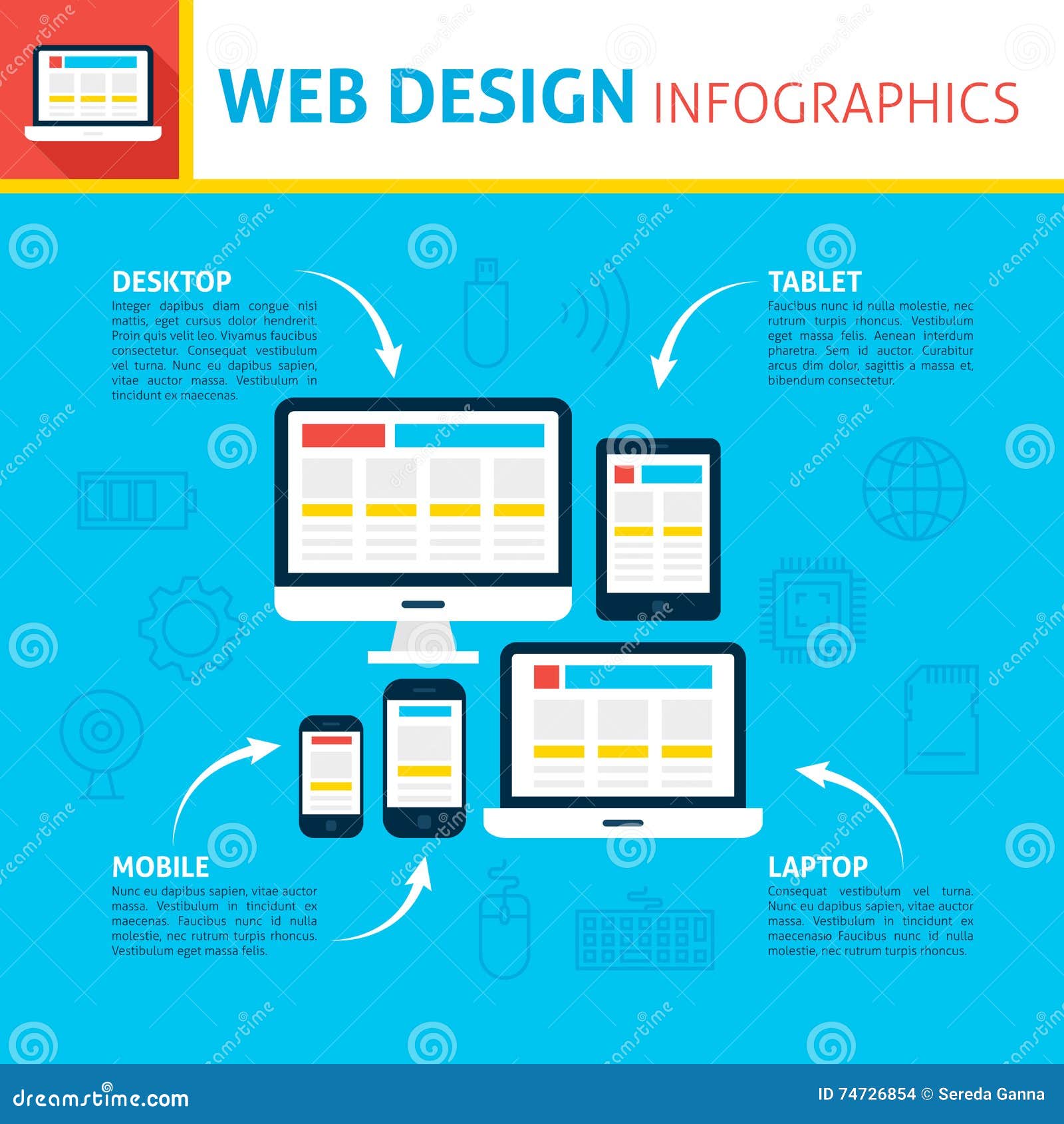Intrigued In Learning Just How Web Site Style Has Progressed Throughout The Years? Discover The Journey From Simple Designs To User-Centered Strategies
Intrigued In Learning Just How Web Site Style Has Progressed Throughout The Years? Discover The Journey From Simple Designs To User-Centered Strategies
Blog Article
Content Created By-Bradshaw Lunde
In the past, web sites were simple and focused on details. Navigation was direct, and style was for desktops. Currently, individual experience is vital. Data overviews designs for easy navigating. Receptive layouts match different tools. Today, dark mode minimizes strain, and minimalist menus enhance navigating. Interactive functions involve customers, and strong visuals attract attention. AI assimilation improves engagement. See exactly how design has advanced to enhance your on-line trip.
Very Early Days of Web Design
In the early days of web design, simplicity preponderated. Websites were basic, with limited shades, font styles, and formats. The emphasis got on supplying details as opposed to fancy visuals. Individuals accessed the internet with slow-moving dial-up connections, so rate and functionality were vital.
https://www.cmswire.com/digital-marketing/6-email-marketing-mistakes-to-avoid-in-2022/ were straightforward, commonly situated on top or side of the page. Internet sites were developed for computer, as mobile surfing had not been yet widespread. Material was king, and developers focused on easy readability over intricate style elements.
HTML was the main coding language utilized, and designers needed to work within its restraints. Animations and interactive features were marginal contrasted to today's criteria. Websites were static, with little vibrant material or tailored user experiences.
Rise of User-Focused Layout
With the evolution of web site design, a shift towards user-focused style concepts has actually become progressively famous. Today, producing sites that focus on user experience is crucial for engaging site visitors and achieving company goals. User-focused layout entails understanding the demands, preferences, and habits of your target market to customize the site's layout, web content, and features as necessary.
Developers currently conduct detailed study, such as customer surveys and functionality screening, to collect insights and feedback directly from customers. This data-driven strategy assists in developing user-friendly navigation, clear calls-to-action, and aesthetically attractive user interfaces that resonate with site visitors. By putting the user at the center of the layout procedure, internet sites can provide an extra tailored and delightful experience.
Receptive design has actually additionally become a vital element of user-focused layout, guaranteeing that web sites are optimized for various devices and display dimensions. This versatility improves access and usability, catering to the diverse methods customers interact with sites today. Basically, the rise of user-focused style signifies a shift in the direction of developing electronic experiences that focus on the needs and expectations of completion user.
Modern Trends in Web Design
Check out the current fads shaping website design today. One popular pattern is dark mode design, offering a smooth and modern-day look while reducing eye pressure in low-light settings. An additional vital pattern is minimalist navigating, streamlining food selections and enhancing user experience by focusing on essential elements. Incorporating micro-interactions, such as animated switches or scrolling effects, can create an extra interesting and interactive web site. Responsive style remains important, guaranteeing smooth individual experiences across different tools. Additionally, making use of bold typography and asymmetrical formats can include visual rate of interest and draw attention to certain material.
Integrating AI technology, like chatbots for consumer assistance or personalized suggestions, enhances individual interaction and simplifies procedures. Availability has also come to be a significant fad, with designers focusing on comprehensive layout practices to accommodate varied individual demands. Embracing sustainability by maximizing web site efficiency for rate and efficiency is an additional emerging trend in website design. Collaborating with customer feedback and information analytics to repeat and enhance style continuously is necessary for remaining pertinent in the ever-evolving electronic landscape. By accepting these modern trends, you can produce an aesthetically attractive, user-friendly internet site that resonates with your target market.
Conclusion
As you assess the evolution of web site layout from the very early days to currently, you can see how user-focused design has actually come to be the driving force behind contemporary fads.
Welcome the journey of change and adjustment in website design, always maintaining the individual experience at the leading edge.
Tippingpointdigital
Remain current with the most up to date trends and technologies, and never ever quit progressing your technique to develop visually magnificent and straightforward sites.
Evolve, adjust, and create - the future of website design remains in your hands.
